-
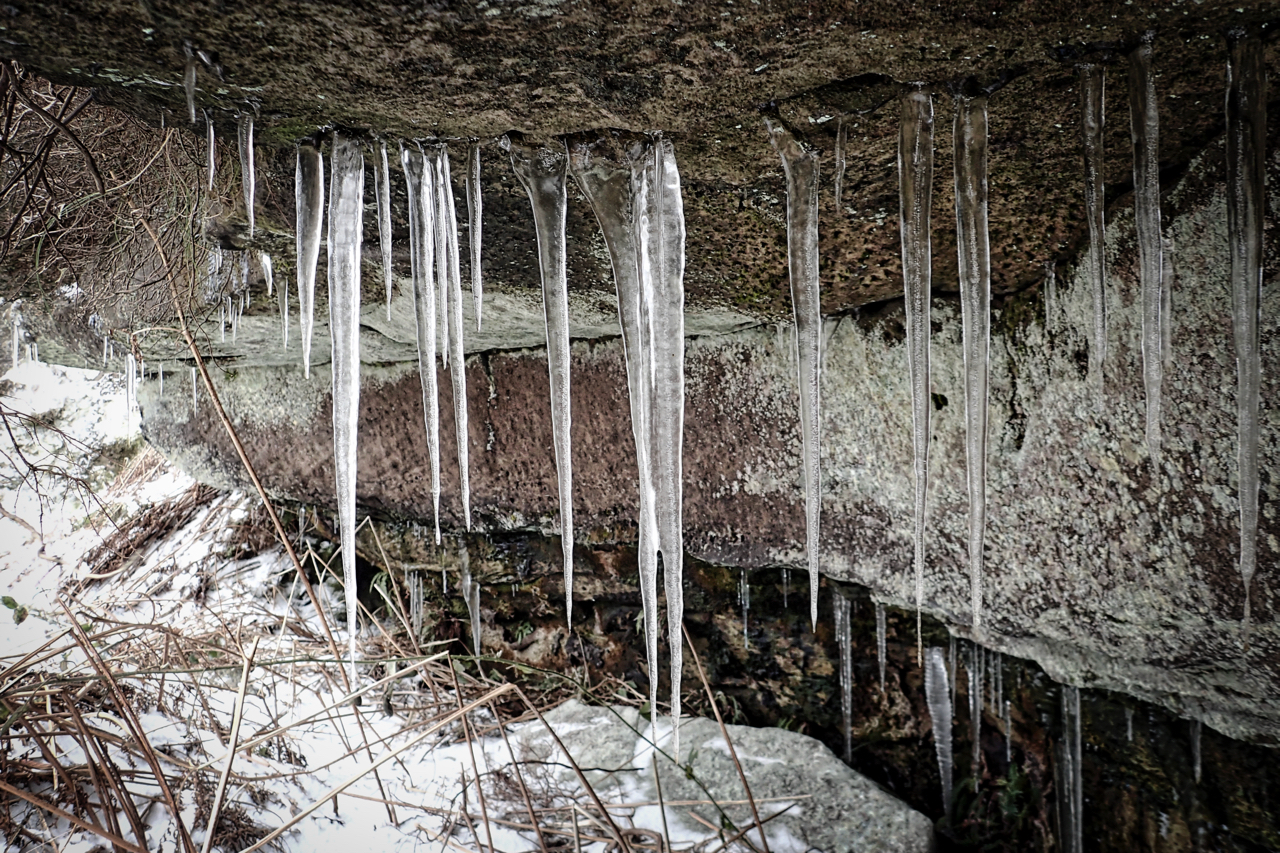
Grýlukerti
An exploration of the rocks of Cook’s Crags on Easby Moor. And lots of icicles in the overhangs. The Icelandic word for icicle is grýlukerti which literally translates as Grýla’s candle. Grýla was an ogress who lived a cave in the mountains with her thirteen boys. At Christmas, she would come down to the villages…
-
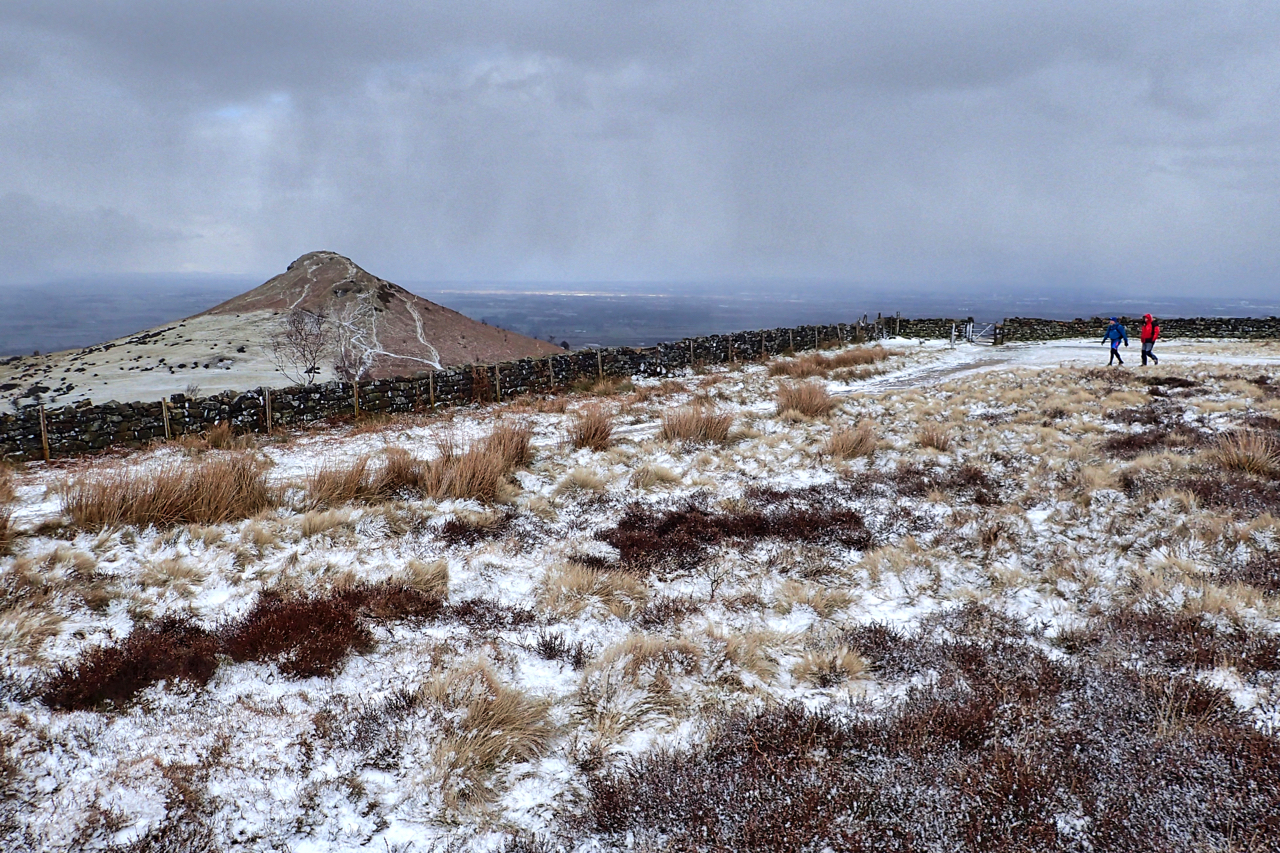
Beannachtaí na Féile Pádraig ort
St Patrick’s Day and a reminder needed that spring is on its way. The average date for the first swallow being spotted off the southern coast is 29th March. In the North-East, it will probably be a couple of weeks later. So in 3 weeks time, we could be seeing our first swallows arriving after…
-
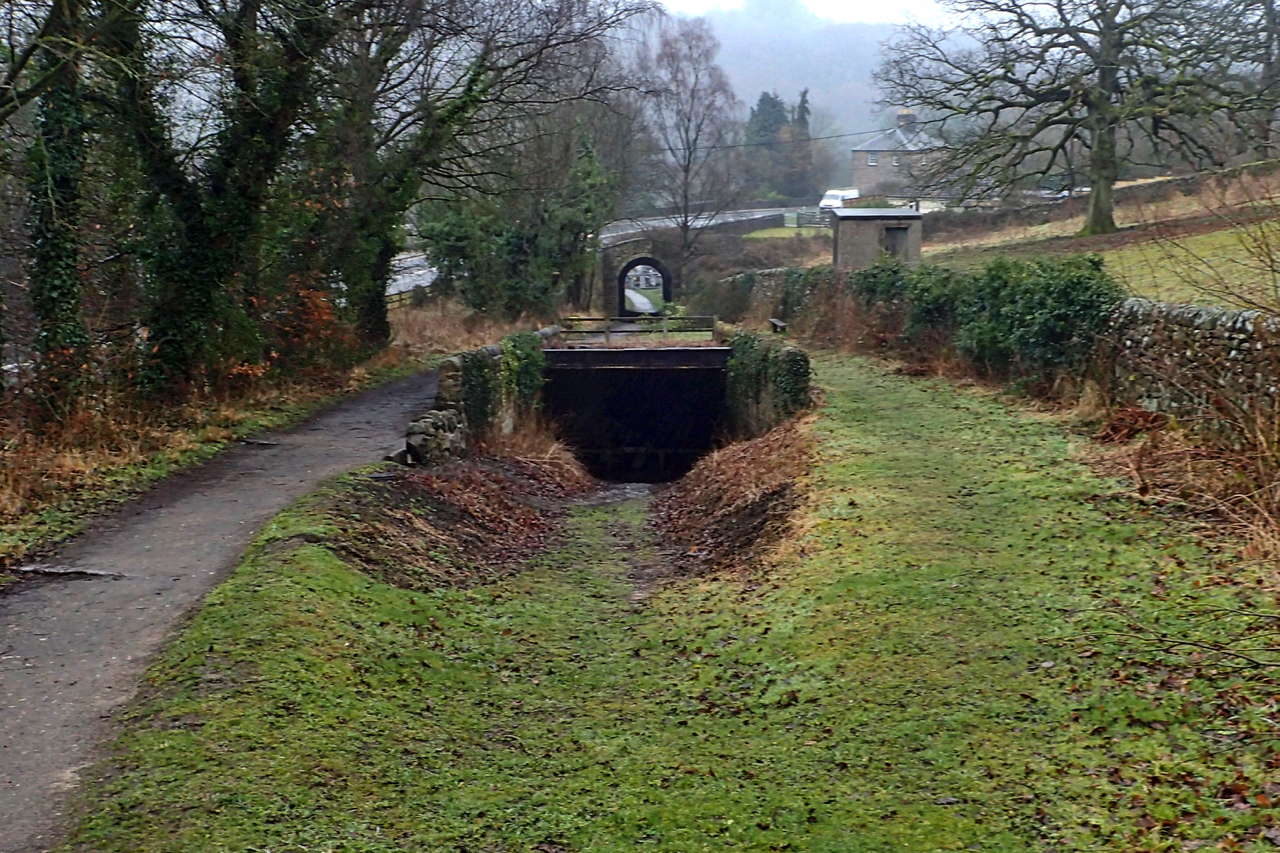
Cromford and High Peak Railway
Stopped off in the Derwent Valley, a Unesco World Heritage site on account of its 18th/19th-century cotton mills considered to be the birth of the large-scale factory production. It was where Richard Arkwright introduced the latest technology at the time for spinning cotton. But ignoring the mills I headed up the 1 in 9 Sheep…
-
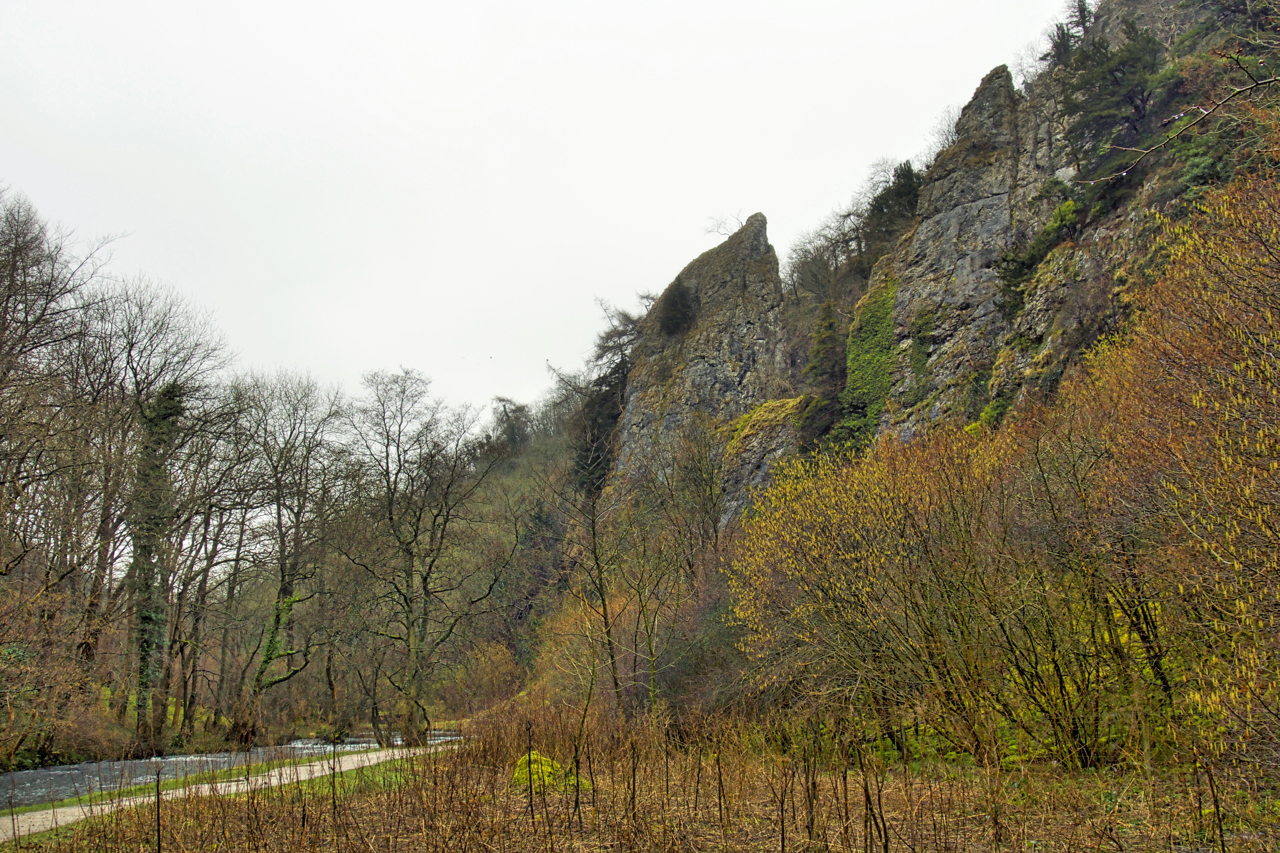
Tissington Spires
Dramatic limestone formation in the gorge of the River Dove in Derbyshire. Open Space Web-Map builder Code
-
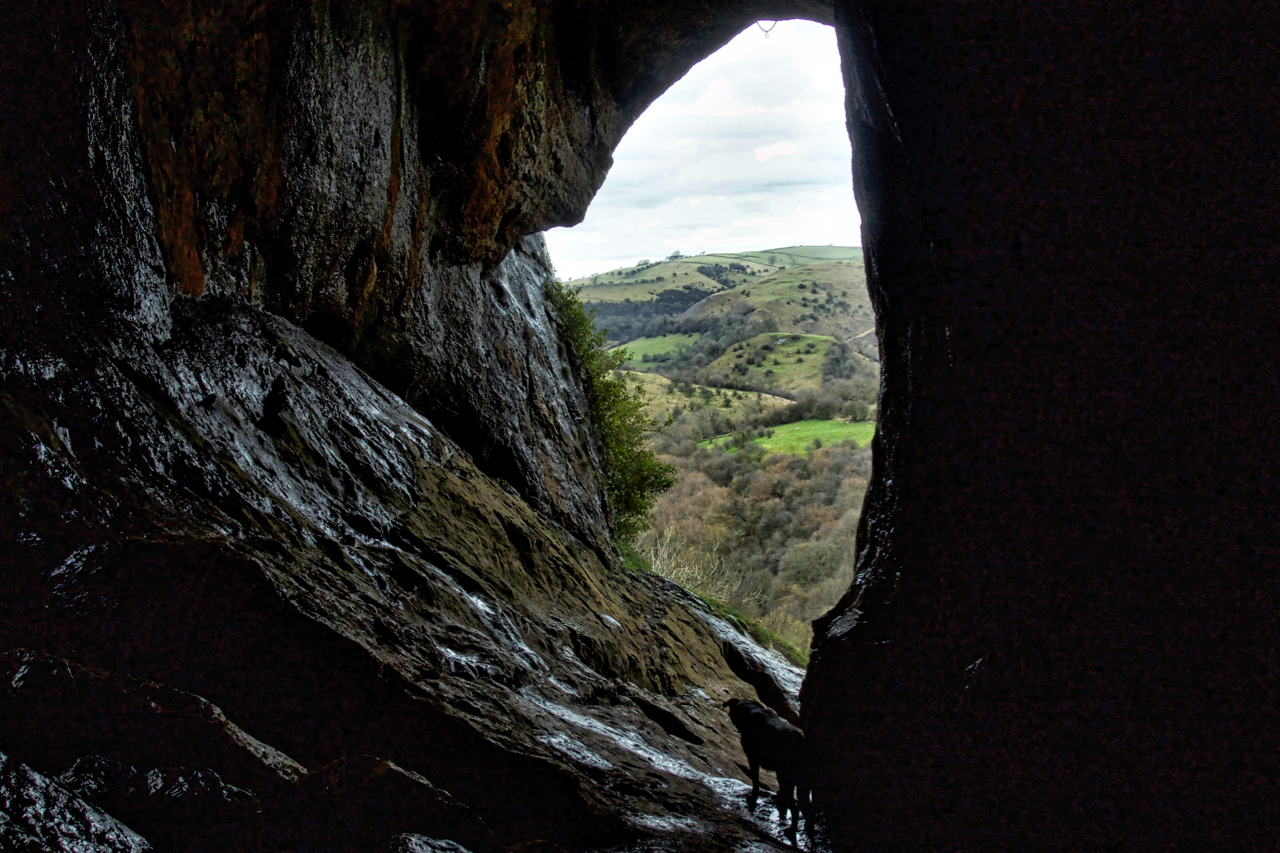
Thor’s Cave
The abode of the god of thunder, or maybe just a corruption of the word “tor” meaning hill. Evidence has been found that man’s earliest ancestors were here well before the last ice age, over 50,000 years ago. Bones, human as well as animal bones, long extinct bear, giant deer, wooly rhinoceros and lion have…
-
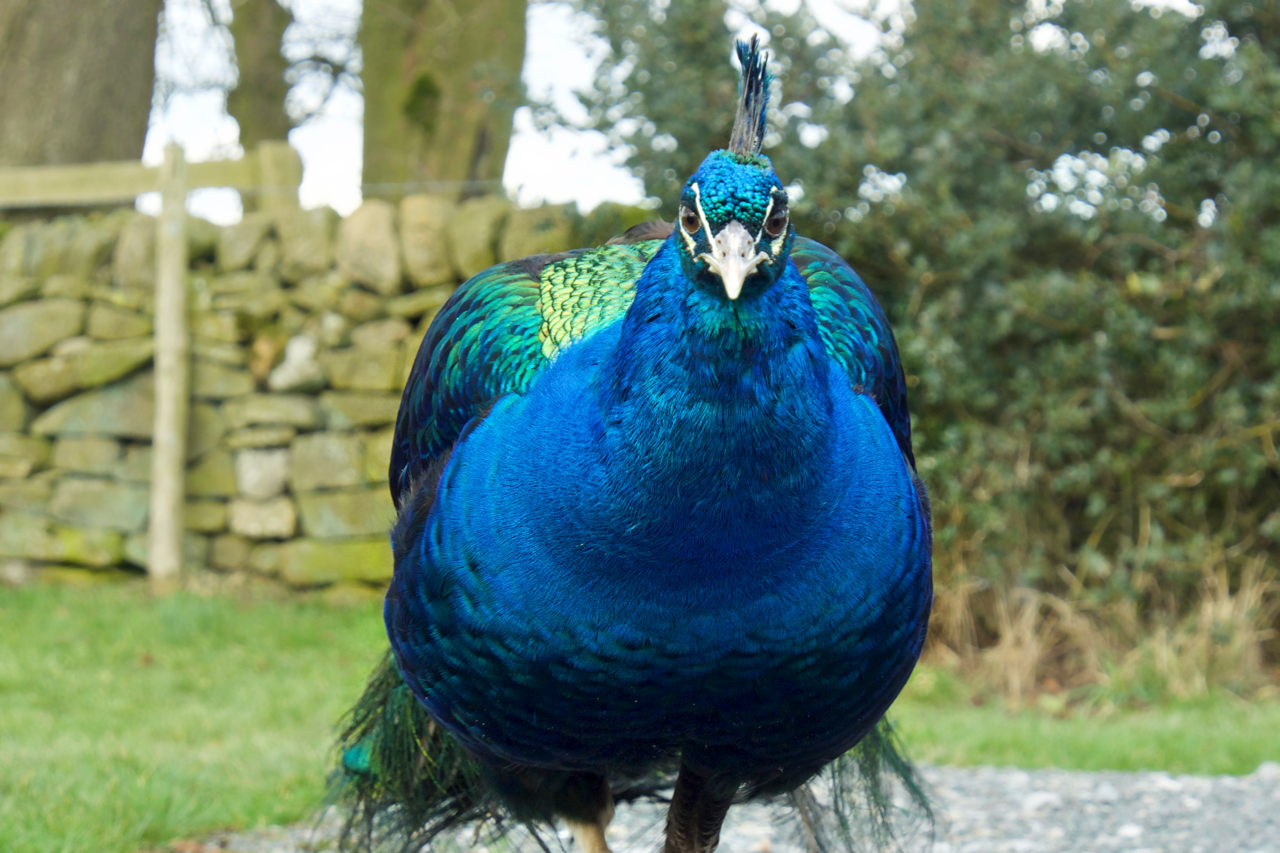
Peacock
Almost had peacock for dinner. This fine bird wandered nonchalantly within the range of the dog. It would have been a feast fit for a king, peacocks featured regularly of a medieval king’s table. More for display though. Peacocks are native of the Indian sub-continent but were familiar to the ancient Greeks who considered them…
-
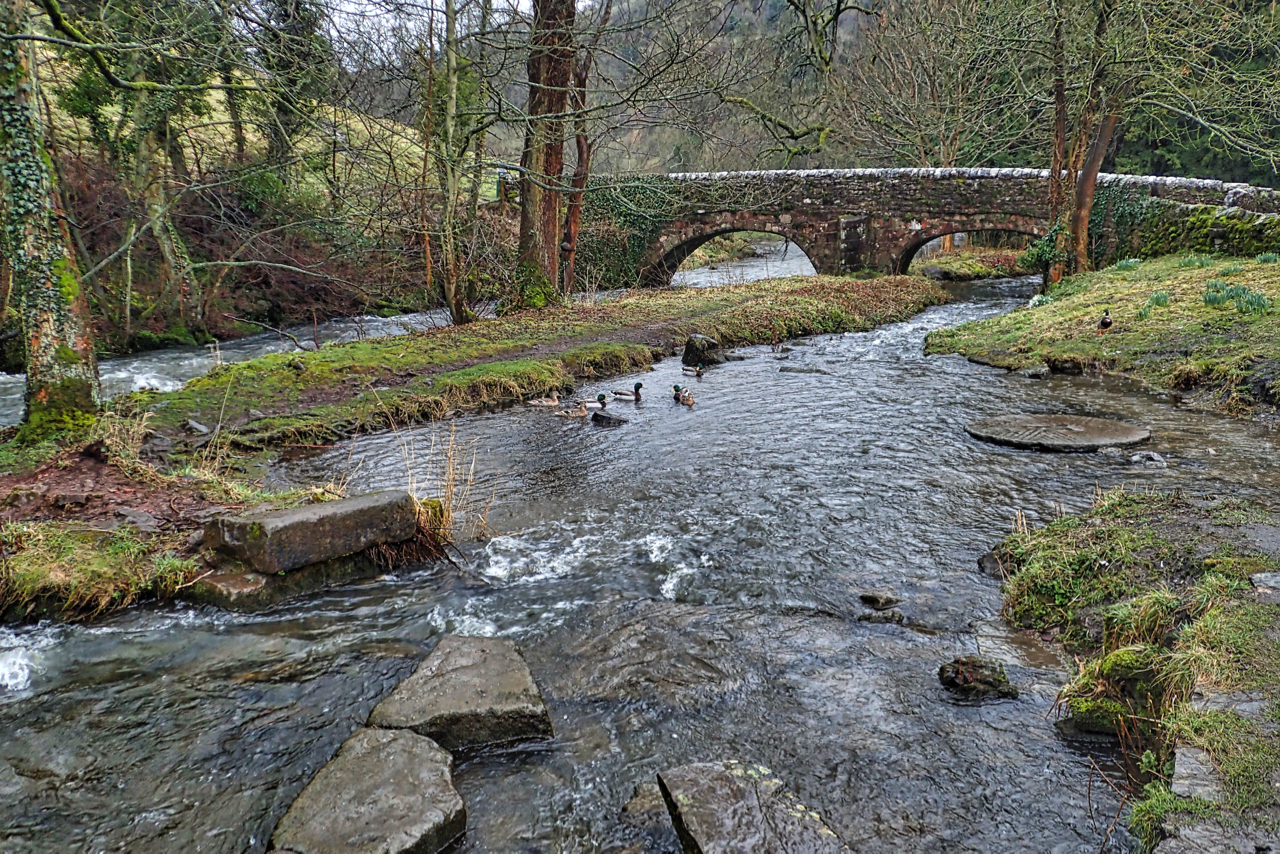
Viator’s Bridge and the River Dove
The White Peak is the name given to the southern half of the Peak District, because of its predominate limestone geology and also by comparison with the millstone grit northern half of the Dark Peak. During the last ice age, deep running north-south gorges were cut in the limestone plateau by the runoff of glacial…
-
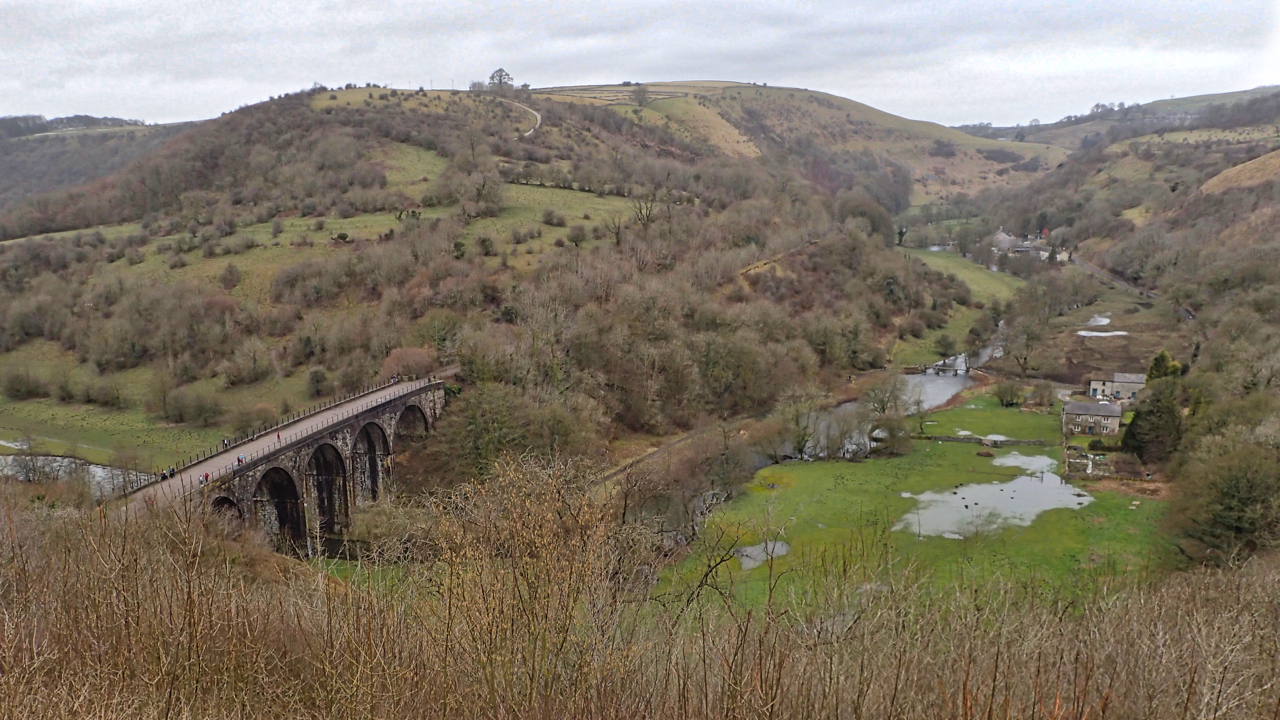
Monsal Dale
“There was a rocky valley between Buxton and Bakewell, once upon a time, divine as the Vale of Tempe… You Enterprised a Railroad through the valley – you blasted its rocks away, heaped thousands of tons of shale into its lovely stream. The valley is gone, and the Gods with it; and now, every fool…
-
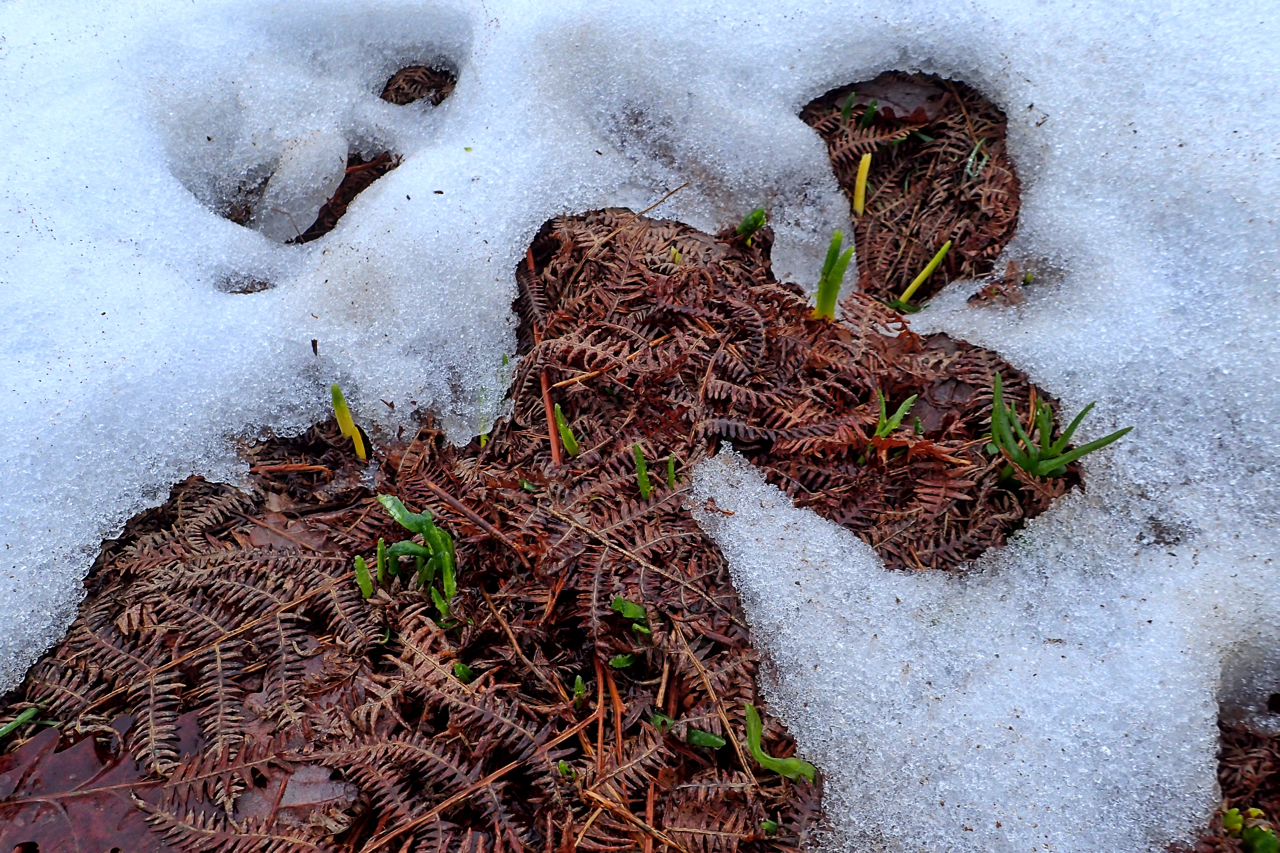
Snow, bracken and bluebells
Beneath the wet, dirty snow, beneath last year’s carpet of dead bracken, the bluebells remind us that spring is on its way. Open Space Web-Map builder Code
-
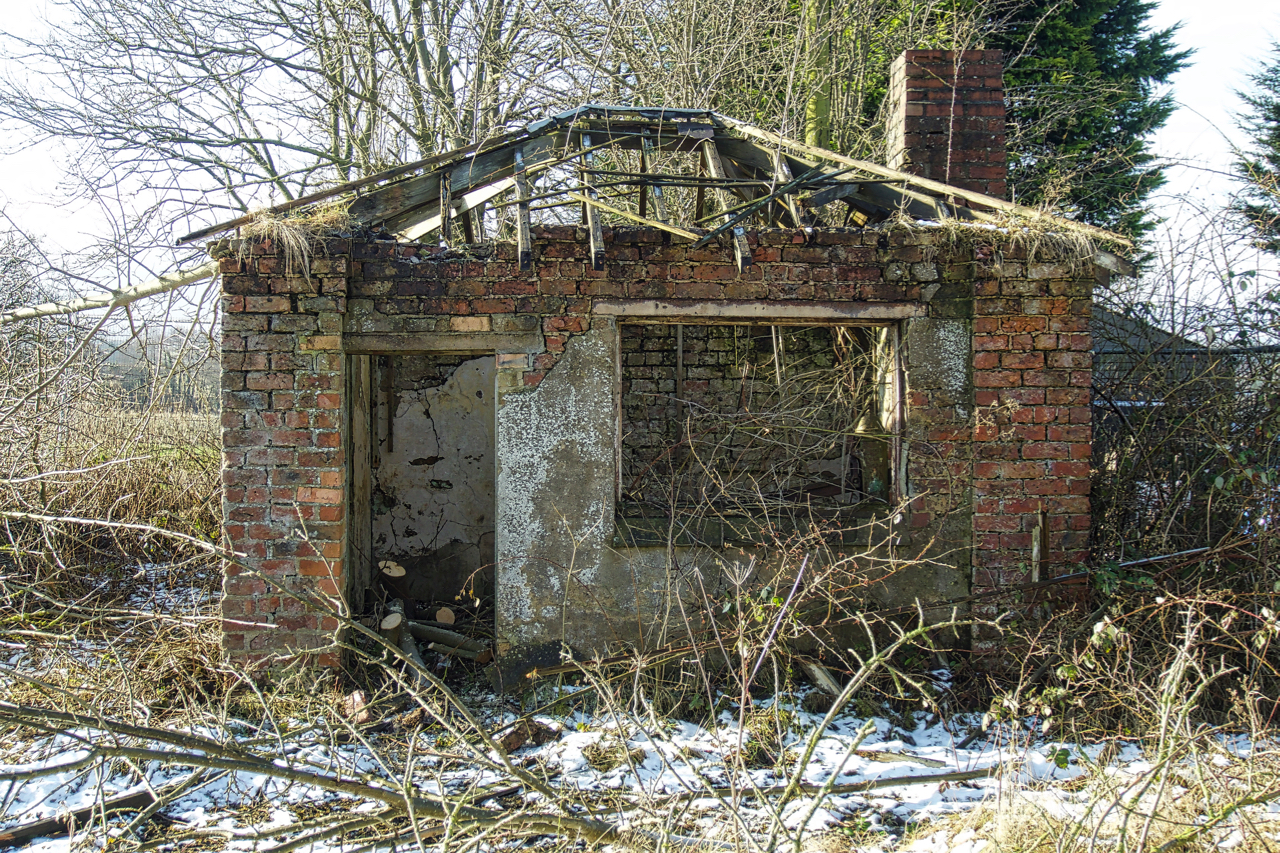
Great Ayton Weighbridge
I heard earlier this week that the demolition of this small building in the old goods yard at Great Ayton railway station was imminent. Yesterday’s snow might have given it a few days reprieve. It’s an old weighbridge and buried in the tangled undergrowth is, I am told, the weighing mechanism built by Henry Pooley…
Care to comment?